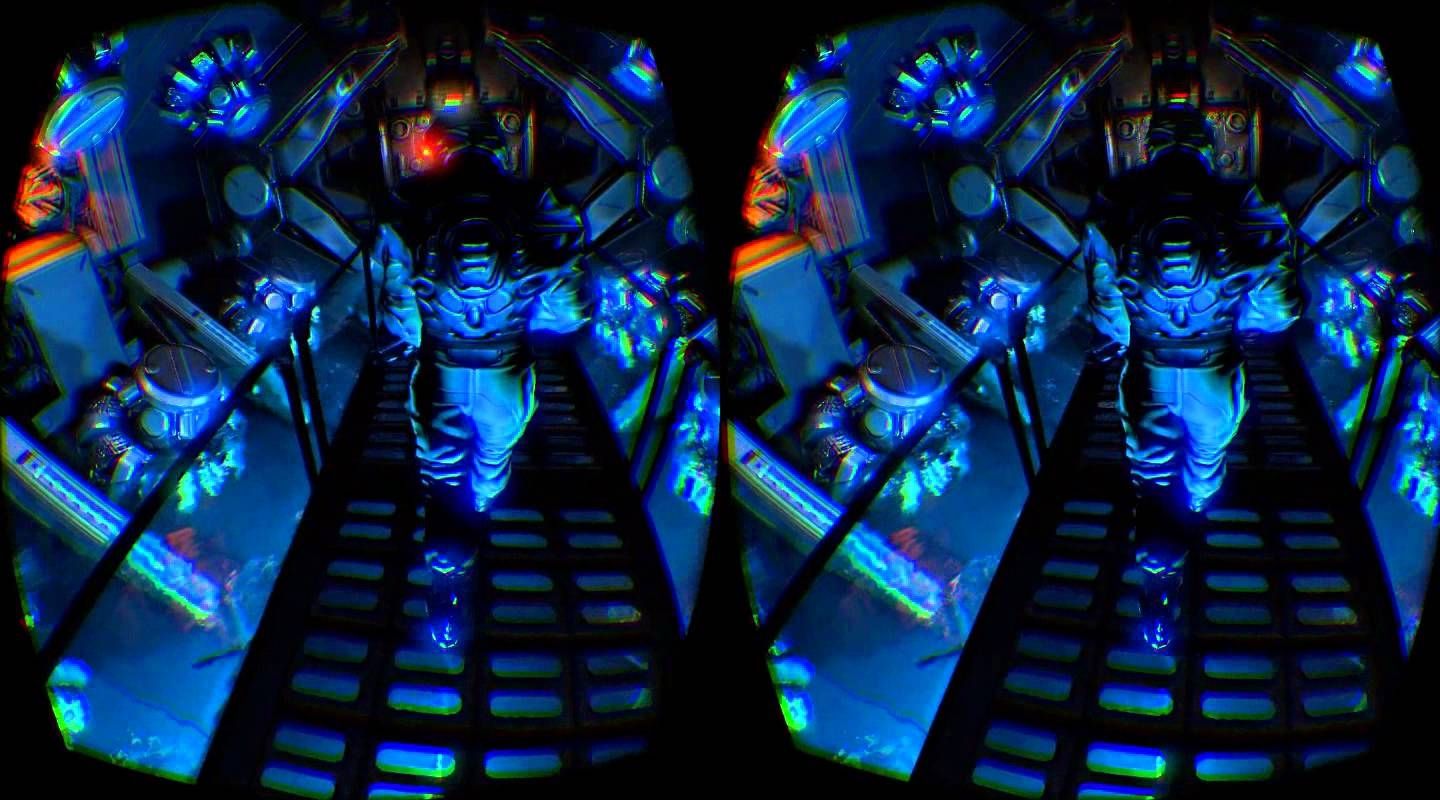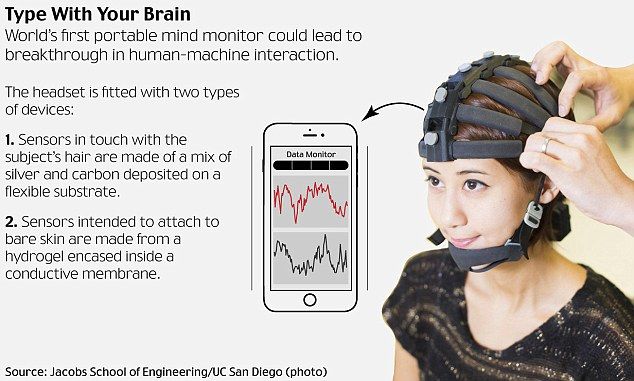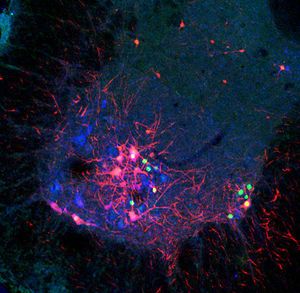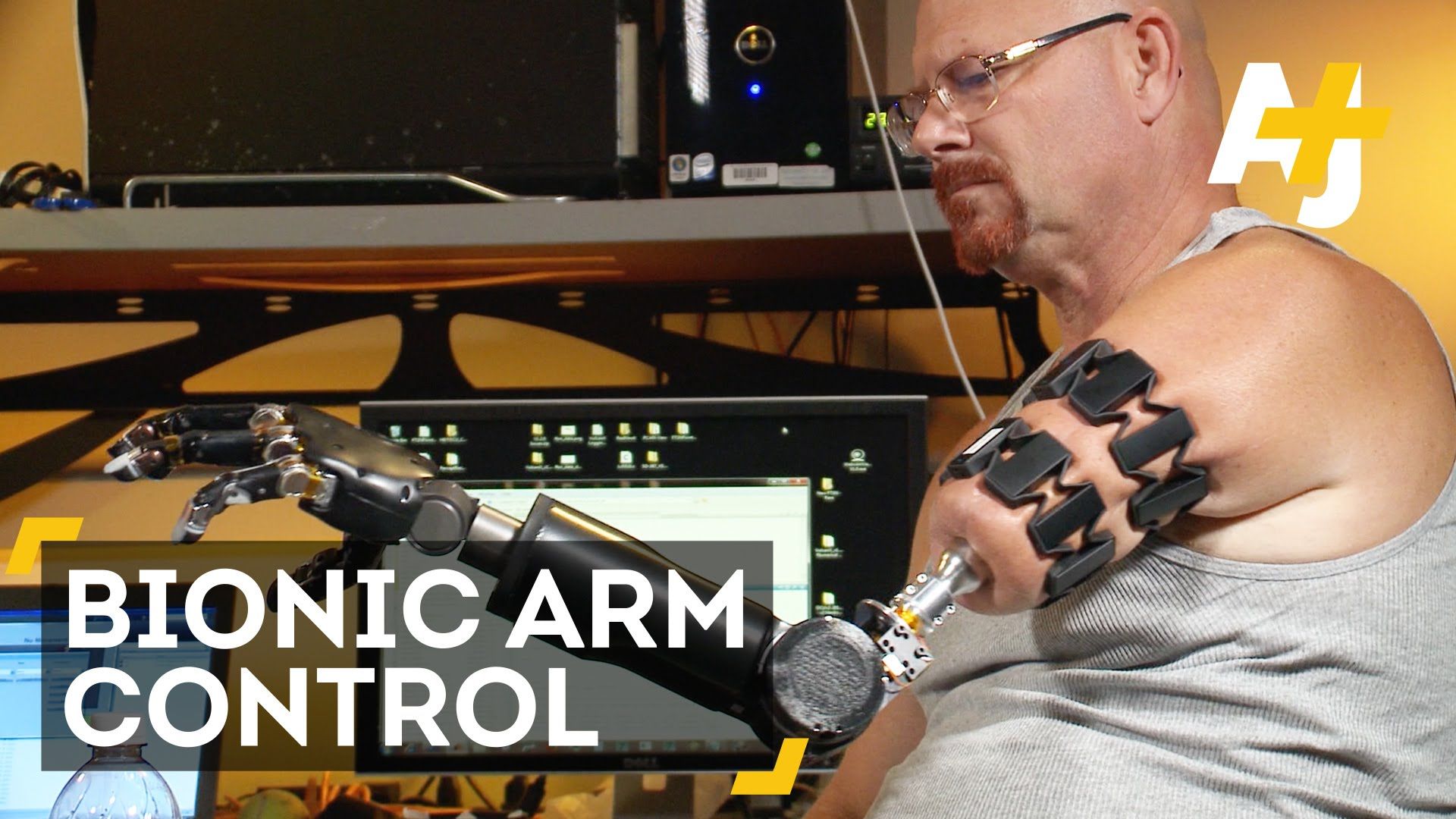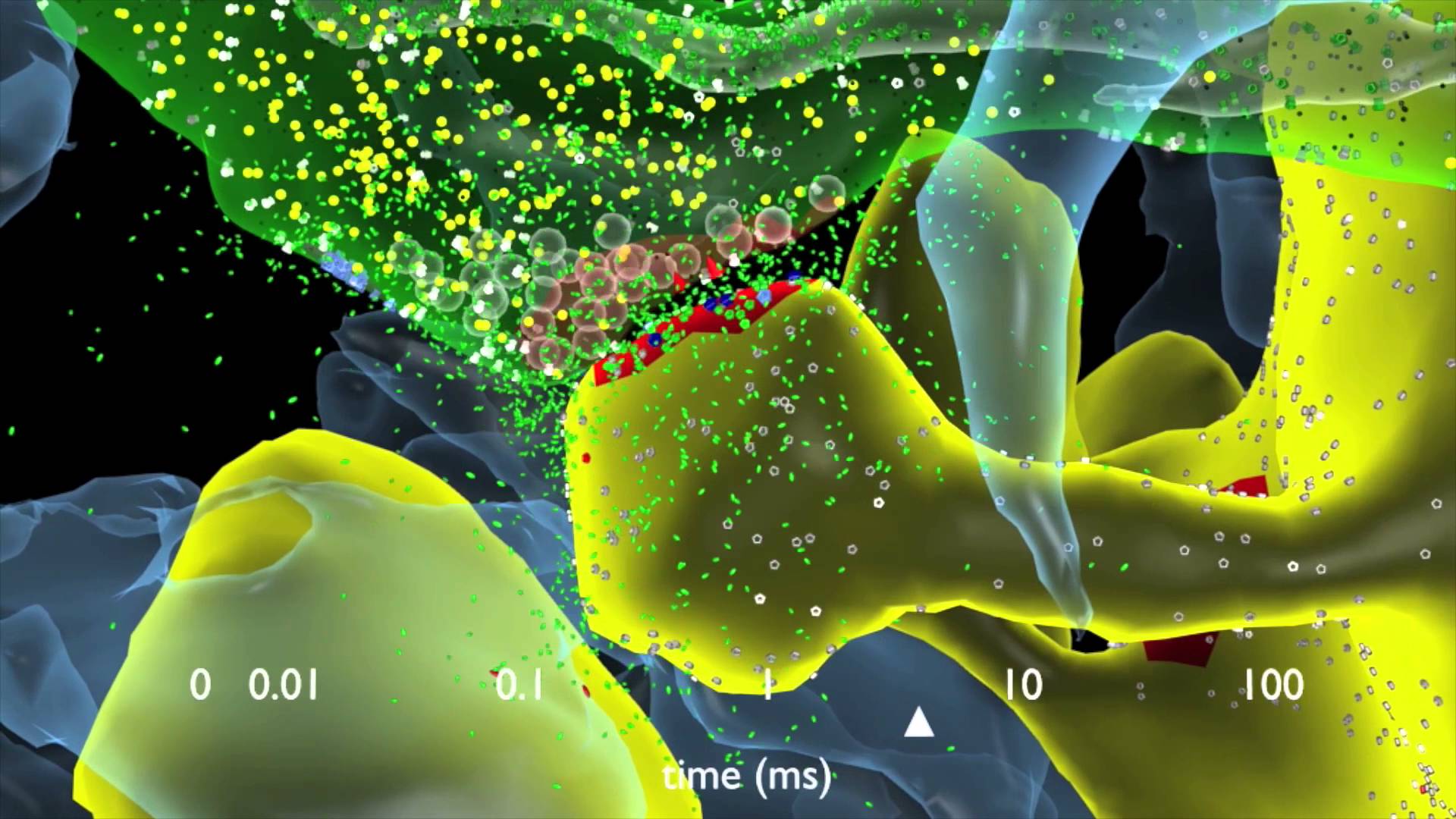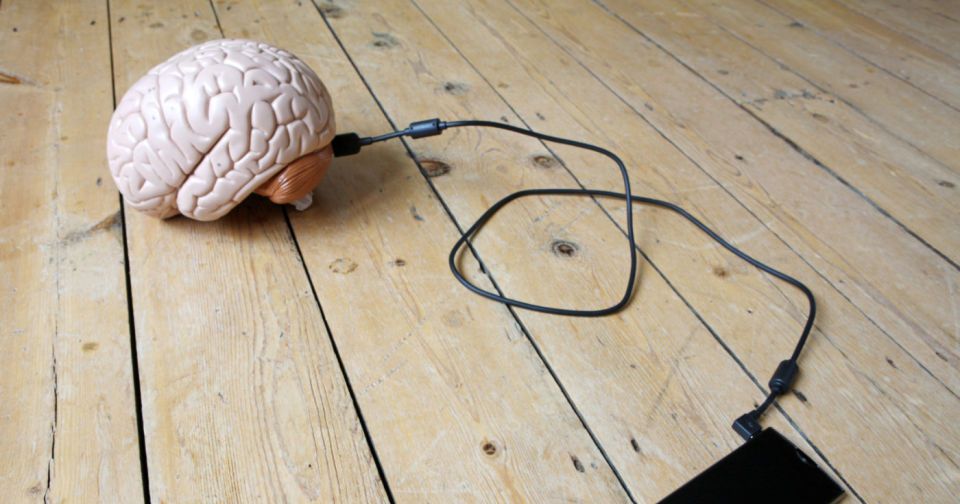Jan 23, 2016
For VR to be truly immersive, it needs convincing sound to match
Posted by Karen Hurst in categories: electronics, neuroscience, virtual reality
The VR sound barrier; how do we address?
I’m staring at a large iron door in a dimly lit room. “Hey,” a voice says, somewhere on my right. “Hey buddy, you there?” It’s a heavily masked humanoid. He proceeds to tell me that my sensory equipment is down and will need to be fixed. Seconds later, the heavy door groans. A second humanoid leads the way into the spaceship where my suit will be repaired.
Continue reading “For VR to be truly immersive, it needs convincing sound to match” »
